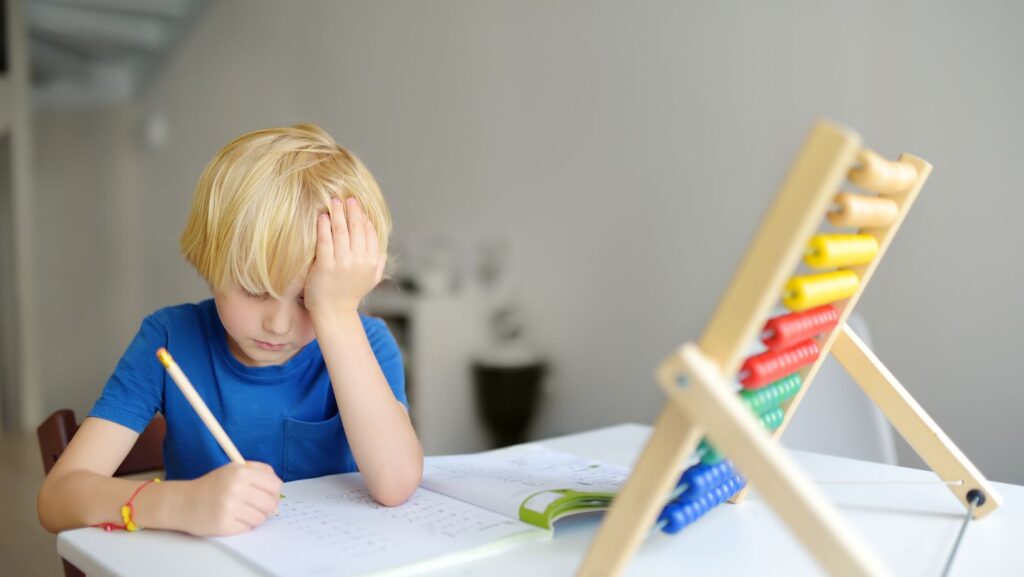Living with Attention-Deficit/Hyperactivity Disorder (ADHD) in the household can be both challenging and rewarding. Whether it is a child, partner, or parent with ADHD, the dynamics of daily life often require extra patience, understanding, and adaptability. By learning more about ADHD, pursuing proper diagnosis, and utilizing available resources, families can create a supportive environment that empowers everyone.
What Is ADHD?
ADHD is a neurodevelopmental condition that affects focus, impulse control, and self-regulation. While it is most often diagnosed in children, it can persist into adulthood. According to the Centers for Disease Control and Prevention (CDC), ADHD symptoms typically fall into three categories: inattentive type, hyperactive-impulsive type, or combined type.
Common symptoms include:
- Difficulty sustaining attention in tasks or play
- Forgetfulness and disorganization
- Restlessness or inability to sit still
- Interrupting others or blurting out answers
- Trouble following through on tasks
It’s important to remember that ADHD does not stem from laziness or lack of intelligence. Rather, it is linked to differences in brain function and development.
The Process of ADHD Diagnosis
Getting an ADHD diagnosis is often the first major step toward creating an effective management plan. A professional evaluation typically involves a combination of:
- Clinical interviews
- Behavioral questionnaires
- Reports from parents, teachers, or partners
- Medical history reviews
Adults may also undergo cognitive assessments to better understand how ADHD impacts their executive functioning. According to the National Institute of Mental Health (NIMH), early diagnosis and treatment significantly improve long-term outcomes.
Families should seek evaluations from licensed psychologists, psychiatrists, or medical doctors familiar with ADHD. Self-diagnosis can be misleading, since symptoms often overlap with anxiety, depression, or learning differences.
Challenges of ADHD in the Household
ADHD in a household setting can present unique difficulties. Daily routines may feel chaotic, and responsibilities may not always be distributed evenly. Some common challenges include:
- Parenting a Child with ADHD: Parents may struggle with enforcing structure, managing impulsive behaviors, and helping their child succeed at school. Siblings without ADHD may feel neglected when much attention is given to managing the affected child’s needs. In some cases, parents may also need to consider ADHD prescription medications as part of their child’s treatment plan, working closely with a healthcare provider to ensure proper use and monitoring.
- Living with a Partner with ADHD: Spouses often report frustrations with disorganization, forgetfulness, or uneven contributions to household chores. Miscommunication may lead to tension if one partner interprets ADHD-related behaviors as lack of care.
- Multigenerational Impact: Because ADHD is hereditary, it is not uncommon for both parents and children in a household to share the condition. This can magnify challenges but also foster greater empathy within the family.
Practical Strategies for Managing ADHD at Home
Despite the difficulties, households can implement strategies to reduce stress and improve harmony. These include:

1. Establish Clear Routines
Predictability helps individuals with ADHD stay grounded. Set regular schedules for meals, chores, and bedtime. Visual calendars, charts, or smartphone reminders can reinforce consistency.
2. Break Down Tasks
Large responsibilities—such as cleaning a room or finishing homework—can feel overwhelming. Break them into smaller, achievable steps. Encourage frequent breaks to maintain focus.
3. Use Positive Reinforcement
Celebrate small victories. Recognize when a family member follows through on commitments or shows improvement in behavior. Positive reinforcement helps build self-esteem and encourages consistency.
4. Delegate Roles Fairly
Distribute household tasks according to strengths. A person with ADHD who struggles with organization may excel in hands-on activities, while another family member handles scheduling or bills.
5. Prioritize Self-Care
Parents and partners supporting someone with ADHD often forget their own needs. Regular self-care—exercise, therapy, or personal hobbies—helps maintain patience and reduces burnout.
Treatment and Support Options
Effective ADHD management usually combines multiple approaches:
- Medication: Stimulants (like methylphenidate or amphetamines) and non-stimulants can help regulate attention and impulse control. These should always be prescribed and monitored by a qualified professional.
- Therapy: Cognitive Behavioral Therapy (CBT) helps individuals develop coping mechanisms for organization, emotional regulation, and time management. Family therapy can also improve communication within the household.
- Educational Support: Children with ADHD may qualify for individualized education plans (IEPs) or 504 plans in schools, providing accommodations such as extended test time or seating arrangements.
- Lifestyle Adjustments: Adequate sleep, exercise, and nutrition contribute significantly to symptom management.
For more in-depth strategies, the nonprofit CHADD (Children and Adults with Attention-Deficit/Hyperactivity Disorder) offers resources, support groups, and educational tools.
Building a Supportive Household Environment
A household with ADHD thrives when empathy replaces blame. A few mindset shifts can make a significant difference:
- See Strengths, Not Just Struggles: Many people with ADHD are creative, energetic, and capable of thinking outside the box. Celebrate these qualities rather than focusing only on challenges.
- Encourage Open Communication: Invite family members to share how ADHD affects them, and work together on solutions. Honest conversations reduce resentment.
- Create Safe Spaces: Whether it’s a quiet corner for study or a family agreement on reducing screen distractions, small environmental changes help everyone feel more comfortable.
Final Thoughts
ADHD in the household can bring chaos, but it can also strengthen bonds through resilience, teamwork, and compassion. Diagnosis is a crucial first step, followed by treatment, structured routines, and open communication. With patience and access to trusted resources, families can transform ADHD from a daily struggle into a pathway for growth and connection.



